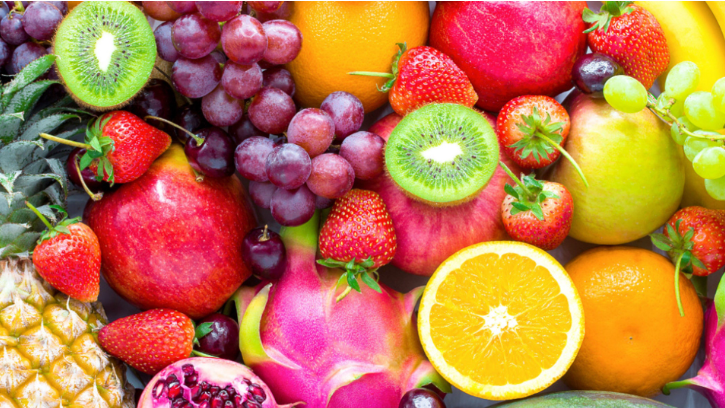Here are some tips on how to store cut fruit and vegetables properly:
Others are reading now
Summer is the season when fresh fruits and delicious vegetables abound in the garden, in shops, and at farmers markets.
Fresh summer greens just taste a lot better when they come straight from the garden or field. In a light summer salad with a mixture of cucumbers, cabbage, tomatoes, and carrots, you can almost taste the vitamin D.
Is there anything more inviting than freshly picked strawberries, a juicy peach, or a perfectly ripe watermelon to finish off a meal on a warm summer evening?
With an abundance of tasty fruits and vegetables, you might find yourself with a surplus of cut apples or sliced cucumber sticks to snack on for days—but how do you store them properly in the heat?
Also read
Here are a few tips from the team at dagens.com:
General Tips
Generally, we recommend storing cut fruits and vegetables like this:
-
Airtight Containers: It’s always a good idea to store cut fruits and vegetables in airtight containers to keep them fresh for longer. It also makes them easier to bring along to the beach or on a picnic.
-
Refrigerate: Always keep cut produce in the refrigerator to maintain their freshness and taste. Summer heat can speed up the ripening process, making a bowl of strawberries spoil quickly.
Most fruits will stay fresh for about five days after being sliced when stored properly.
That being said, some fruits store better unsliced. These include apples, pears, bananas, and avocados, which brown quickly. It’s better to store these fruits whole.
Storing Whole Fruits
-
Apples, Pears, and Avocados: Store these ripe fruits whole in the crisper drawer.
-
Bananas: Store bananas at room temperature as they do not fare well in the fridge.
-
Crisper Drawer: Using the crisper drawer helps maintain moisture levels, extending the life of your produce.
By following these simple rules, you can keep your cut fruits and vegetables fresh and ready to eat.


